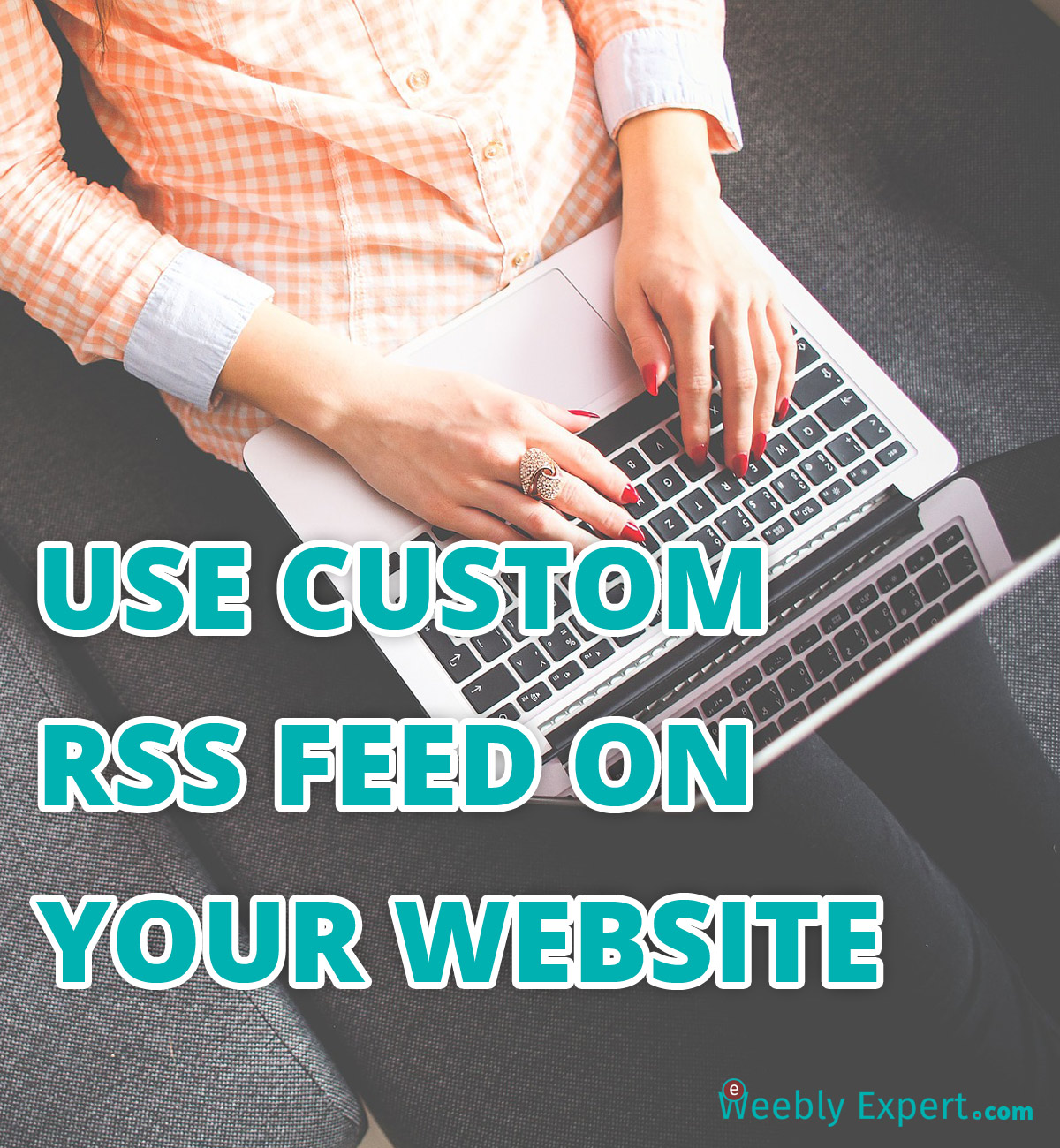
In addition, you can download special desktop clients for this purpose, and other websites even provide feed reading services, as well. Most browsers can already read feeds, as can many email clients. Subscribing to a feed is very easy and only requires a feed reader. For example, if you read something in a feed and, a few days later, you need that article again, your feed reader should be able to locate it. If your feed reader provides archiving functionality, you can easily keep information for future reference.Additionally you can usually set up a reader to watch for words in all the feeds it gets too. If you load that feed into your reader then you will have a constant search for ‘Dr Pepper’ at that site. You could search for that – and the results page will have a feed. Let’s say you have an interest in ‘Dr Pepper’. If you go to the web-based blog aggregators you can search inside their feeds.

Your reader will deliver only the latest content to you.

The content comes to you!Įvery blog has multiple feeds. This is particularly useful to keep track of updated content from many blogs and sites without even visiting them. This is very useful, as it allows other people to monitor your blog, along with other websites they are interested in, and aggregate them together through applications known as feed readers, like the Reader or RSSOwl. A feed (often called RSS) is a stream of posts or comments that is updated when new content is published.


 0 kommentar(er)
0 kommentar(er)
